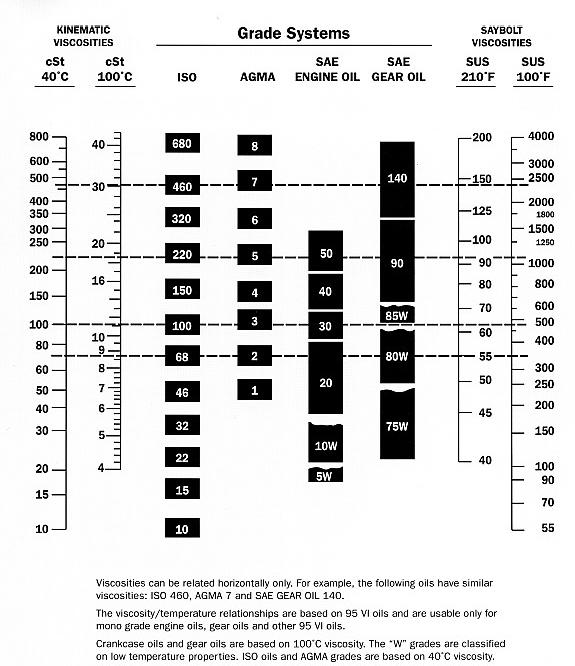here is another sample comparison done by Dyson Analysis.. we have a gasoline engine, 350cid, in a chevrolet 1500, yr 2000. using a fram oil filter,with 5w30. had 2 analysis done. first one was mobil's full synth 5w30 with 4,263 miles on it. the second one was schaeffers 5w30 blend with 9,000 miles. here are the numbers direct from the report.
[ August 23, 2003, 06:25 AM: Message edited by: BOBISTHEOILGUY ]
i find this kind of interesting since there is several differences.. one. full synth vs synthblend.. two, 4263 miles on full ver's, 9000 miles on blend.code:
item......mobil's.... schaeffers
h2o....... 0.11..........05
fuel..... 01......... 01
visc...... 11.4........11.8
solids..... TR..........TR
oxd....... 32.2........32.2
nox....... 40.0........30.0
tbn.base=12. 5.6. base=8.3...3.6
Fe......... 54..........41
Cr......... 1...........1
lead....... 32..........18
copper..... 40..........44
tin......... 3...........3
alum........ 6...........7
nickel...... 1...........1
manganese... 1...........1
silicon... ..15..........20
boron....... 44..........36
sodium...... 16.........198
magnesium..1369...... ..383
cal.........378........1540
barium...... 0...........0
phos........960.........932
zinc..... .1187........1290
mo.......... 5..........95
[ August 23, 2003, 06:25 AM: Message edited by: BOBISTHEOILGUY ]

